Budget, circular debt and dharna
Mr Dar listed Imran Khan’s dharna in August-December among the adverse influences on his performance

pervez.tahir@tribune.com.pk
In the budget speech, the finance minister, whose economic hagiography knows no bounds, claimed that the loan from the IMF was taken to avoid default. It was, however, a simple agreement of mutual backscratching. The government got a breathing space and the IMF got its money back. This is the first civilian government of Pakistan that is likely to complete an IMF programme without any tangible economic reform.
At his post-budget press conference, the finance minister made the fantastic claim that the circular debt had nothing to do with the budget. Well, it had everything to do with the budget when he first spoke from the pulpit. In the budget speech of 2013-14, he lamented that, “after paying about Rs1,481 billion in tariff-differential subsidies, it is known to all that a gigantic circular debt of Rs503 billion is crippling the power sector and fiscal system of the country.” He was “pleased to announce that Prime Minister Mian Muhammad Nawaz Sharif has taken an historic decision to settle the entire circular debt in 60 days, so that every available and economically viable source of power could be brought on line.” In the document called Budget in Brief, an amount of Rs494.808 billion was shown for the settlement of the circular debt in ‘Table 31’ on current investments. A larger amount of Rs326 billion was cleared in June so that it could be shown in the revised estimates of the final budget of the previous government. This was in addition to the tariff-differential subsidy. This is how, in the words of Mr Ishaq Dar, “an alarmingly large deficit of 8.8 per cent” occurred in 2012-13 in the revised estimates, enabling him to fix the deficit for 2013-14 at 6.3 per cent. It was financed by borrowing from the State Bank.
This time round, Mr Dar listed Imran Khan’s dharna in August-December among the adverse influences on his performance. The delay in the divestment of the OGDC shares and the signing of $42 billion agreements is cited. Real indicators tell a different story. Inflation rate was 7.9 per cent before the dharna in July and seven per cent in August. It kept falling during the dharna and was 4.3 per cent in December. Exports in July were minus 7.9 per cent, but improved in August to minus 3.6 per cent. September was bad, but growth resumed and was 9.5 per cent in November. The year as a whole closed on negative growth. Growth of large-scale manufacturing in July was minus 0.45 per cent, but turned positive during the dharna months, to 4.4, 3.3, 2.2, 5.4 and 0.69.
Published in The Express Tribune, June 13th, 2015.
Like Opinion & Editorial on Facebook, follow @ETOpEd on Twitter to receive all updates on all our daily pieces.

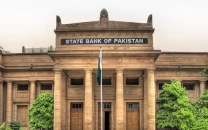
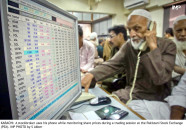
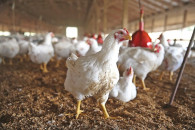


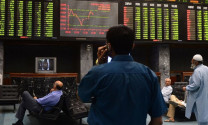


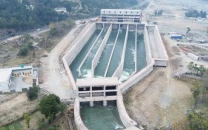
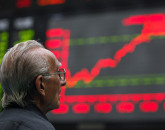








COMMENTS
Comments are moderated and generally will be posted if they are on-topic and not abusive.
For more information, please see our Comments FAQ